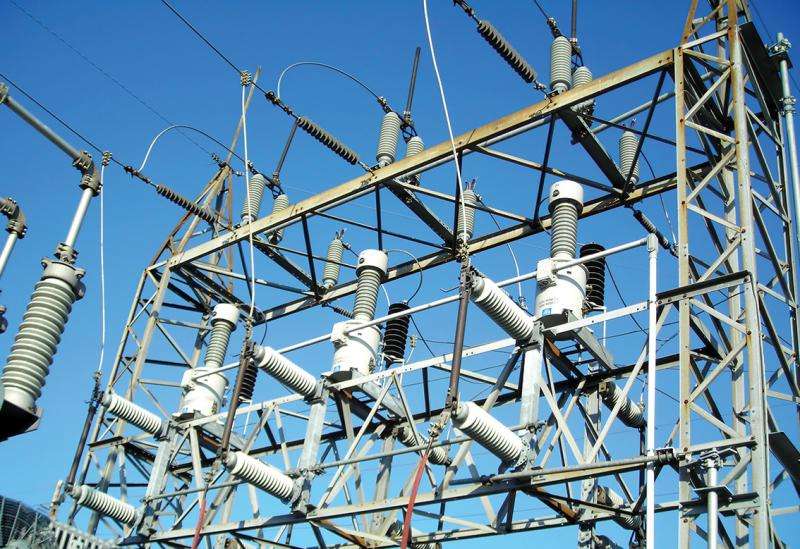In response to blackouts and concerns over energy supply, South Australia is getting the world's largest lithium-ion battery. What exactly does this mean for the future of energy in Australia, and could such an approach work for Indonesia?
"The announcement of the Neoen and Tesla investment in a 100MW/129MWh battery adjacent to the Hornsdale wind-farm in South Australia is ground-breaking, and clearly foreshadows the shape of the Australian energy future," says Dr Ariel Liebman, Co-Lead of the Australia-Indonesia Centre Energy Cluster and Deputy Director of the Monash Energy Materials and Systems Institute (MEMSI).
"However, we shouldn't get too complacent because there are still significant challenges in turning this kind of activity into business-as-usual.
"Batteries of this type and scale will be relevant to the medium-term future of the Indonesia energy system if they hope to integrate 23 per cent renewables by 2025.
"This depends on the development of an integrated system planning process that includes all key stakeholders in the Indonesian economy."
Millions of Indonesians currently don't have electricity, but the government has announced it aims to achieve close to complete electrification of the country by 2020.
How they work toward this could lead to solutions for Australia's many island communities and remote mine sites and indigenous communities, which rely predominantly on electricity generated locally from diesel.
An integrated solution
Batteries alone will not be the solution on a national scale, Ariel says.
"In many places, a much cheaper solution will be off-river pumped hydro energy storage (PHES), which we are modelling at The Australia-Indonesia Centre."
Professor Andrew Blakers (of the Australian National University) is working with the Centre to identify the best Indonesian sites for this hydro energy storage.
The team will then incorporate these into decision-making models, investigating investment in centralised renewables (such as wind farms, solar farms, and geothermal energy) as well as microgrids.
"An interesting case study might be in South Sulawesi, where lots of wind farms are likely to be deployed," Ariel says.
"For remote communities and islands, smaller scale batteries will be appropriate for the smaller microgrid cases. For the larger Indonesian islands such as Morotai, Sumba and Flores, and at edge-of-grid locations such as Bitung, a combination of batteries and PHES will probably be the best solution."
Provided by Science in Public























